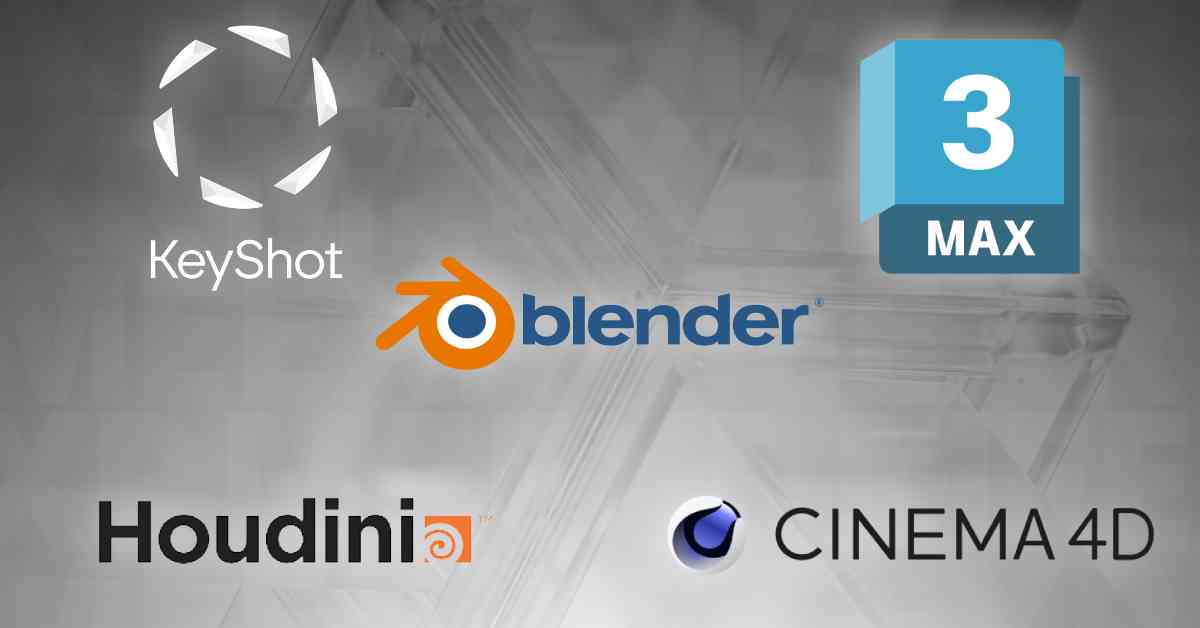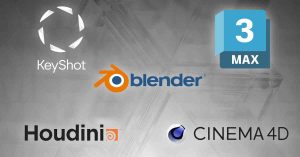Choosing the right rendering software is crucial for creating stunning visuals that make your product designs stand out. With various tools available, each offering unique features, finding the perfect fit for your project can be overwhelming. This guide breaks down some of the top rendering engines and software, highlighting their strengths and ideal use cases to help you make an informed decision.
Autodesk 3ds Max with V-Ray
Autodesk 3ds Max, paired with V-Ray, stands out as a powerhouse in product visualization. Known for its high-quality, photorealistic results, this combination is perfect for detailed and complex scenes. V-Ray’s advanced lighting and shading capabilities allow you to achieve exceptional realism, making it ideal for high-end product presentations that require intricate textures and materials.
If precision and stunning realism are your goals, Autodesk 3ds Max with V-Ray is an excellent choice.
Blender with Cycles
Blender has gained widespread acclaim for its versatility and cost-effectiveness. This open-source software features the Cycles rendering engine, which offers a great balance between performance and quality. With support for GPU rendering and a node-based material editor, Blender provides flexibility whether you’re a beginner or an experienced professional.
Blender is particularly popular among freelancers and small studios looking for a powerful yet budget-friendly solution.
KeyShot
When you need quick, high-quality renders, KeyShot is the go-to choice. Its real-time rendering engine lets you see changes instantly, which speeds up the design process. KeyShot’s intuitive interface and extensive material library make it easy to produce photorealistic images quickly, even if you’re not a 3D expert.
KeyShot is ideal for projects where speed and ease of use are paramount.
Cinema 4D
Cinema 4D is renowned for its user-friendly interface and powerful rendering capabilities, including engines like Redshift and Octane. It’s perfect for a mix of static images and dynamic presentations, such as animations. The software’s robust toolset for modeling and animation, combined with its rendering options, makes it suitable for projects requiring both detailed and animated visualizations.
Cinema 4D offers a balanced approach for those needing both static and dynamic content.
Houdini
Although Houdini is less conventional for traditional product rendering, it excels in complex simulations and procedural workflows. If your project requires intricate effects or dynamic simulations, Houdini’s advanced capabilities can add significant value. It’s ideal for creating highly detailed or interactive elements that go beyond static renders.
For cutting-edge simulations and dynamic visuals, Houdini is a powerful choice.
Conclusion
Selecting the right rendering software hinges on your project’s needs and your personal workflow preferences. Here’s a quick overview:
- Autodesk 3ds Max with V-Ray is best for high-quality, detailed rendering with photorealistic results.
- Blender with Cycles offers unmatched flexibility and is ideal for both beginners and professionals, especially when budget is a concern.
- KeyShot provides fast, high-quality renders with an intuitive interface.
- Cinema 4D combines powerful rendering with ease of use, making it suitable for both static and animated visualizations.
- Houdini excels in advanced simulations and procedural workflows for complex or interactive elements.
Each tool has its unique strengths, so explore these options to find the best fit for your product visualization needs!





